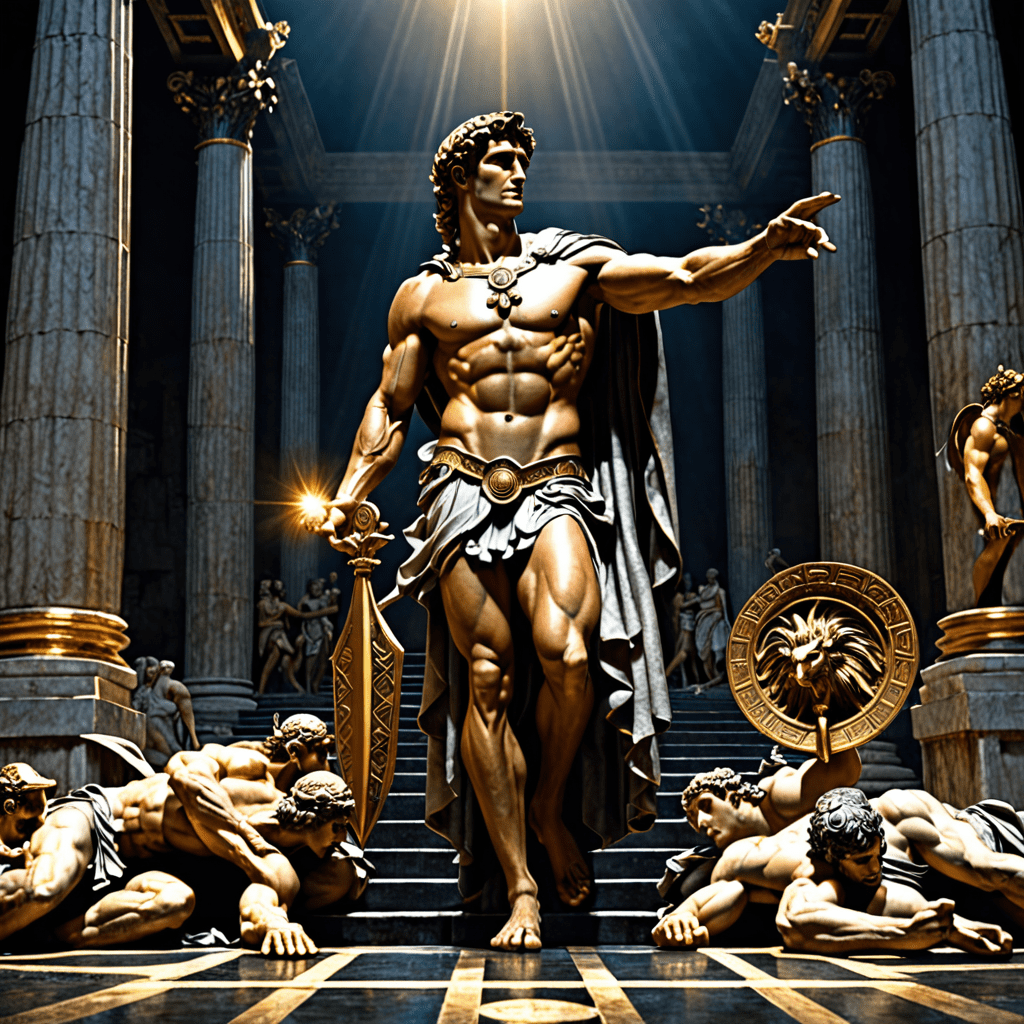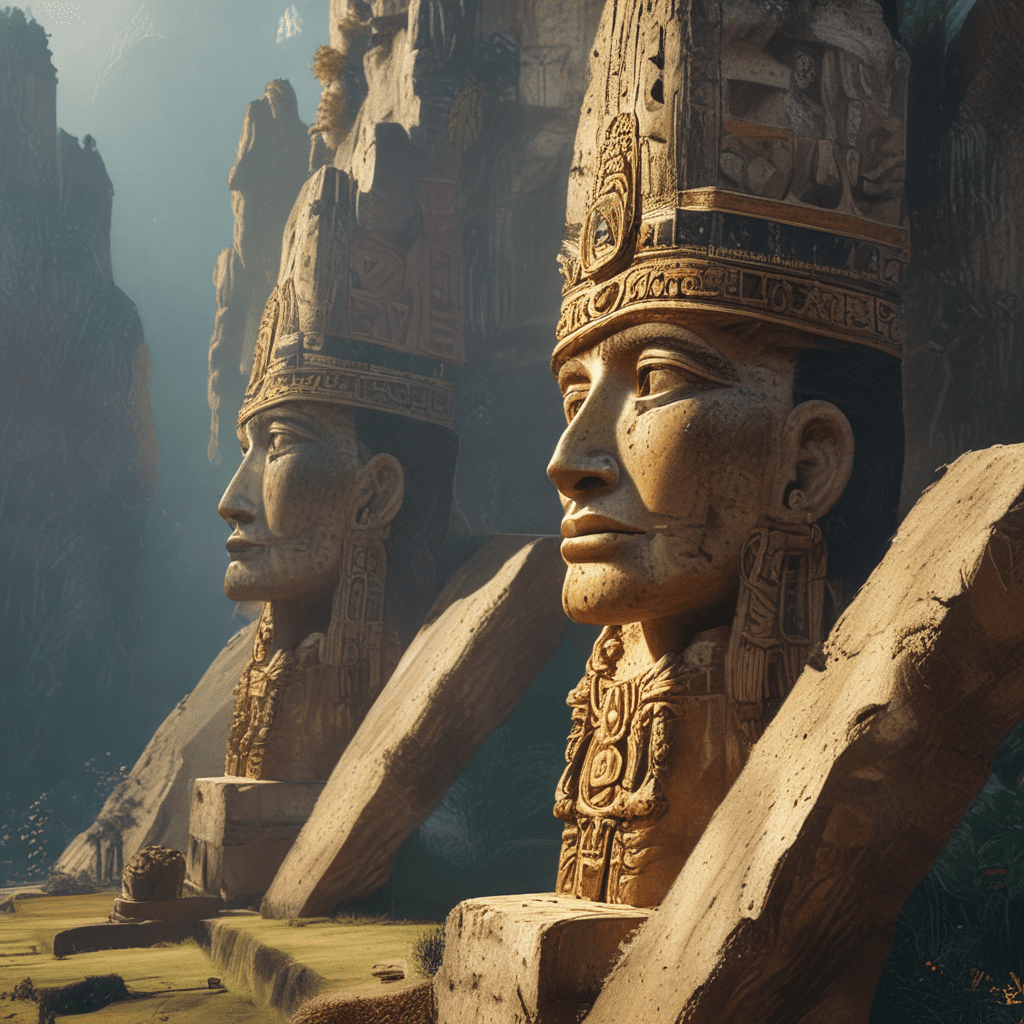The Symbolism of Light and Darkness in Roman Mythology
The Duality of Light and Darkness in Roman Mythology
In Roman mythology, light and darkness are often used symbolically to represent various concepts such as good and evil, life and death, knowledge and ignorance. These contrasting elements play a vital role in shaping the narrative of many Roman myths, reflecting the deeper philosophical and moral beliefs of ancient Roman culture.
The Role of Light in Roman Mythology
Light in Roman mythology is frequently associated with positive attributes such as enlightenment, truth, and divine guidance. The god Apollo, for example, is often depicted as a radiant sun god symbolizing light, music, poetry, and healing. His chariot carrying the sun across the sky represents vitality, creativity, and intellect.
Furthermore, light is connected to concepts of order, clarity, and reason in Roman mythology. The goddess Minerva, associated with wisdom and strategic warfare, embodies the illuminating aspect of light, shedding knowledge and illumination on the hearts and minds of mortals.
The Significance of Darkness in Roman Mythology
Contrary to light, darkness in Roman mythology signifies mystery, the unknown, and the depths of the unconscious. The god Pluto, ruler of the underworld, represents the realm of darkness, death, and rebirth. His association with wealth and hidden treasures emphasizes the idea of darkness as a source of hidden potential and transformation.
In Roman mythology, darkness is also linked to the protective and nurturing aspects of nature. The goddess Ceres, symbolizing fertility, agriculture, and motherly love, is often depicted as cloaked in darkness, highlighting the cyclical nature of life, growth, and decay.
The Balance Between Light and Darkness
The symbolism of light and darkness in Roman mythology emphasizes the essential balance and interplay between contrasting forces in the natural world and the human psyche. Just as day follows night and spring emerges from winter, the coexistence of light and darkness in Roman myths underscores the cyclical nature of life, growth, and transformation.
Ultimately, the symbolism of light and darkness in Roman mythology serves as a profound reflection of the eternal tug-of-war between opposing forces, illustrating the perpetual dance between knowledge and ignorance, creation and destruction, and the continuous quest for harmonious equilibrium.
FAQs about the Symbolism of Light and Darkness in Roman Mythology
What is the significance of light and darkness in Roman mythology?
Light and darkness are powerful symbols in Roman mythology. Light symbolizes knowledge, life, and purity, often associated with gods like Apollo and Minerva. Darkness represents the unknown, death, and evil, linked to deities like Pluto and Nox.
How are light and darkness portrayed in Roman myths?
In Roman myths, light is often depicted as a source of guidance and enlightenment, leading heroes to victory. Darkness, on the other hand, represents challenges and the underworld, where souls journey after death.
Which Roman gods or goddesses embody the symbolism of light and darkness?
Apollo, the god of light, music, and prophecy, embodies the power of illumination and truth. In contrast, Nox, the goddess of night, and Pluto, the ruler of the underworld, personify the mysteries and shadows associated with darkness in Roman mythology.



